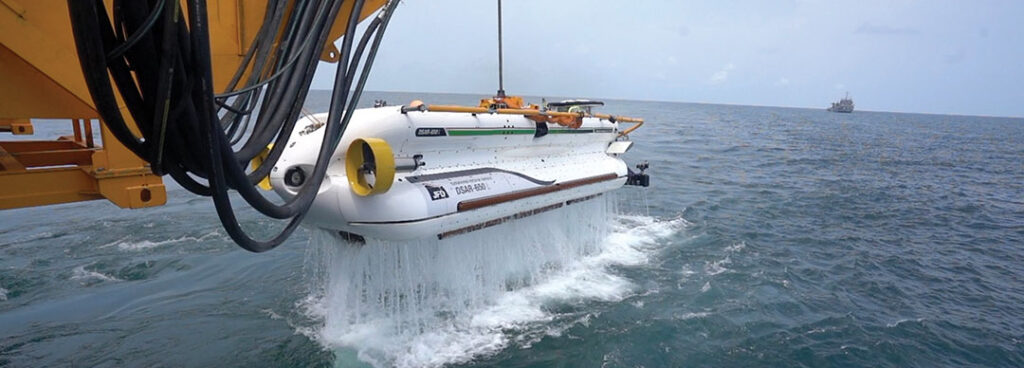India and South Africa have agreed to additional naval cooperation that includes submarine rescue. The two countries have signed an implementing agreement, further evidence of what is termed “a shared commitment to maritime safety and mutual support.”
If needed, the Indian Navy will deploy one of its two deep submergence rescue vehicles (DSRV) in times of crisis. The agreement comes after Milan, a major Indian Navy exercise, in Visakhapatnam, headquarters of its Eastern Naval Command. During the exercise, India demonstrated the rescue craft and reportedly offered its services to friendly countries in an extension of Indian defense diplomacy.
A report filed after the Milan demonstration said that its submarine rescue starts with locating the “distressed or sunk” underwater craft, followed by rescuing survivors. Personnel trapped in submarines have three exits — using the escape hatch, escaping from torpedo tubes or rescue by a DSRV.
The specialist rescue vessels can be ship mounted or air transportable. India has both capabilities. They reportedly can operate at depths of up to 650 meters.
The DSRVs operated by the Indian Navy are jointly designed and built by the Hindustan Shipyard Visakhapatnam, which spearheaded the development with core technology supplied by a company in Aberdeen, Scotland.
In 2021, an Indian DSRV was part of rescue operations of the ill-fated Indonesian Navy submarine Nanggala-402, which sank north of Bali. All 53 crew members died after what was termed an “implosion” aboard. Submarine debris was discovered three days into a major search 10 nautical miles from the point of last contact.
The addition of the Indian DSRV capability gives the South African Navy a deep-water rescue capability it did not previously have, with only the tower escape safety system available to submariners.

